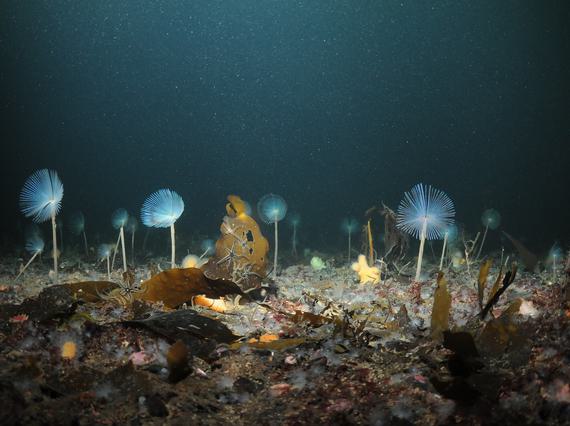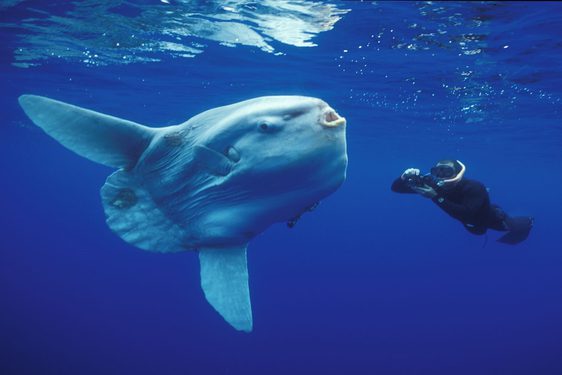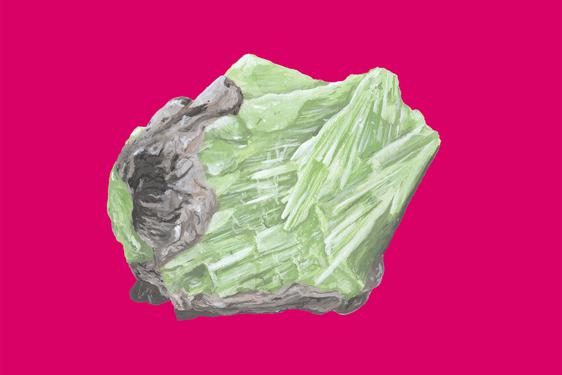
About Scotland’s Precious Seas
Scotland’s coast stretches for 18,672 km and Scotland’s seas cover 462,263 km², more than six times its land area.
From its shores the seabed plunges from shallow seas less than 20 metres deep to more than two kilometres deep, where seamounts dwarf Scotland’s highest mountains. Scotland’s coasts and seas brim with life. More than 46,500 species are known, and more are discovered all the time.
National Museums Scotland collection contains over 4 million marine invertebrates and 120,000 marine vertebrates. The objects on display demonstrated how these vast collections help us monitor the changing life in our waters and the impacts of human activity.
Continuing studies help monitor the health of the sea’s ecosystems. Every two years Marine Scotland Science surveys the deep waters overlying the continental slope to the west of the Outer Hebrides. Animal specimens from the 2019 survey, including examples of basket star, deep sea barnacle, bamboo coral and rabbit ratfish, are exhibited giving a rare glimpse of the diversity of life 500–2000 metres below the waves. Monitoring the fauna can give insights into how activities in the area – such as fishing – are impacting on marine life.
You might also like
- Discover

The peculiar sunfish that washed up on Scottish shores
On 23 September 2020 a strange fish washed up on the Black Isle near Inverness. Weighing more than 160kg and measuring 1.7 metres tall, it was the peculiar ocean sunfish. Rarely seen off the coast of the United Kingdom, the team at…Keep reading - Discover

The mysterious 15 million year gap in our evolution
If the first four-legged animals had never emerged from water onto land, our world today would not exist. Yet how did this great step happen? For decades, scientists didn’t know. Now, the mystery is finally being solved – and fossils…Keep reading - Discover

The discovery of the mineral strontianite
How did mining lead ore result in a tiny village in Argyll giving its name not only to a mineral, but also a chemical element?Strontianite is a strontium carbonate with the chemical formula SrCO₃. It is an important source of the element…Keep reading